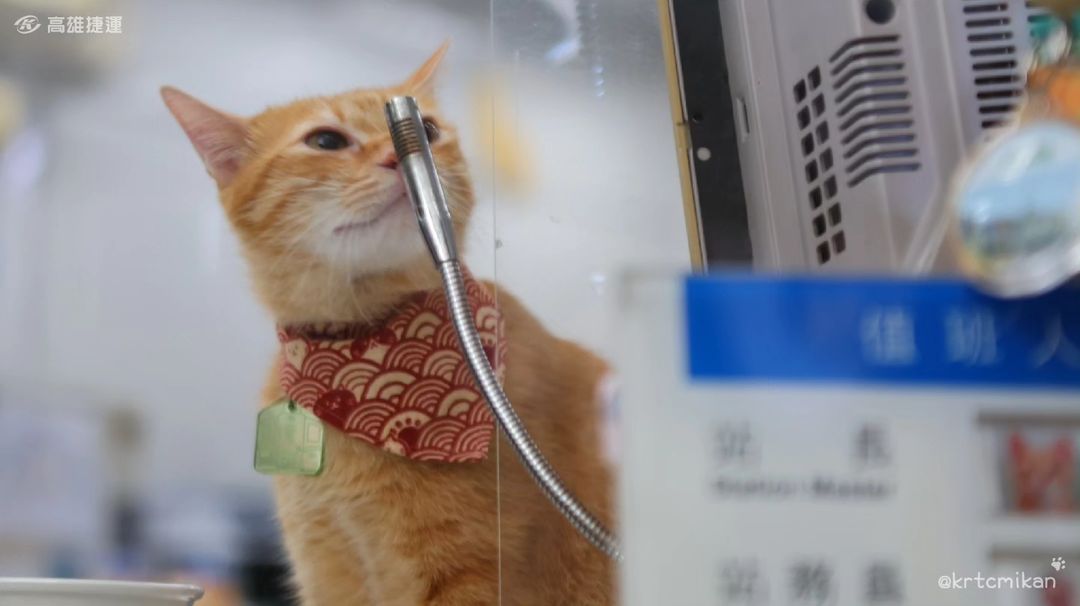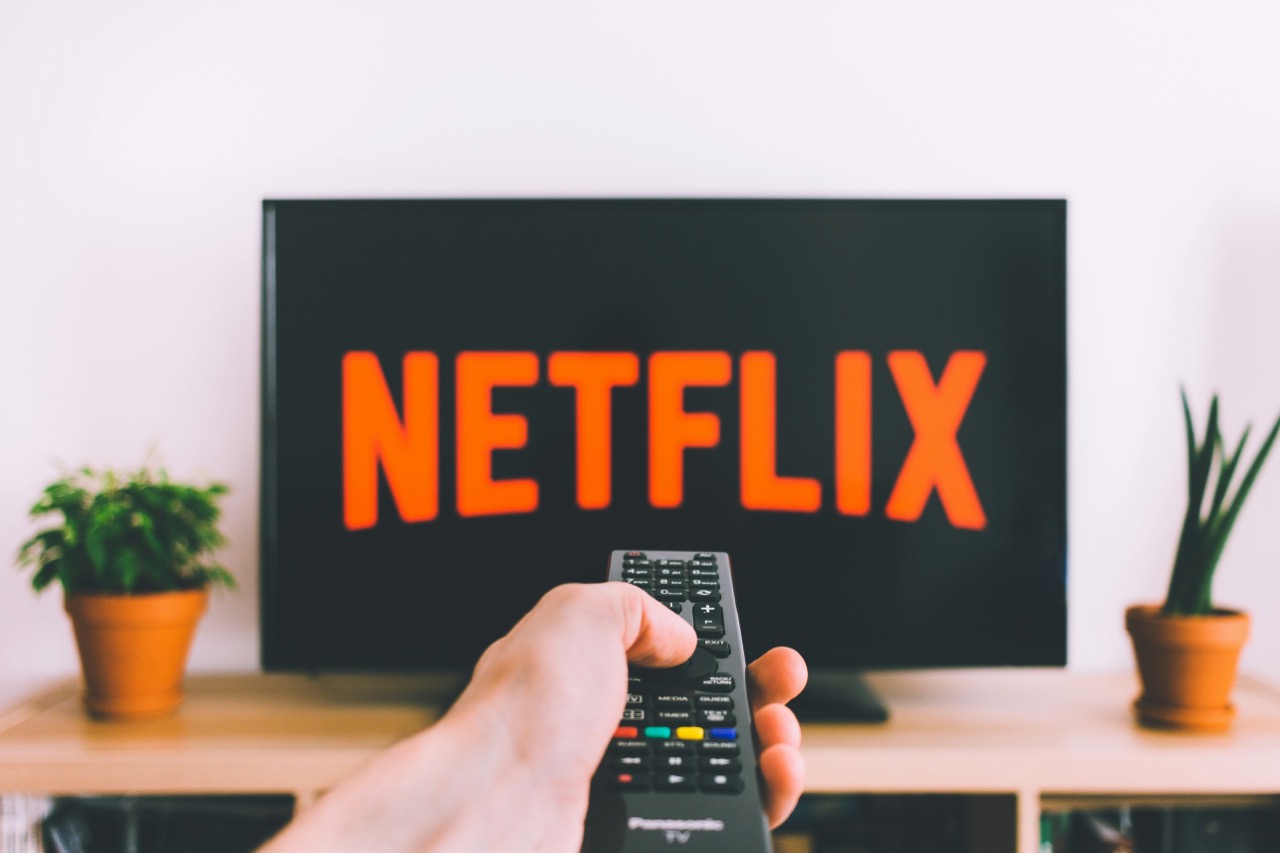Author Alice Herait
As an aficionado of culinary programs, I didn’t hesitate before watching the “Somebody Feed Phil” episode on Taiwan. I’m not a fan of this show. I find Phil’s childlike expressions and lack of criticism about the food he eats cringy and annoying. But I would never miss a Netflix documentary on my host country, where I’ve been living in for the past five years, even more so if it is related to its table delicacies. My mind got blown 10 minutes into the episode, when Phil and his guest Janet Hsieh (謝怡芬), also a food show host, sat at RAW, a 2-Michelin-star restaurant. Everything from the décor to the plate looked beautiful, subtle and ambitious.
How come I’d never heard of this place? I looked at the restaurant’s website with alarm, only to find out it seemed impossible to book a table, and the menu goes from 6,479 NTD. Fortunately, after a few days of checking their page, I found two seats. Six weeks later, on a weekday, for lunch, we had our table.
As a food-obsessed French person, this was not my first experience in a gourmet restaurant, even though I haven’t tried many, and absolutely none in Taiwan. Even before I booked, I already knew the experience was worth it. Chef Andre Chiang, who created the restaurant, is a Taiwanese who travelled the world and studied in France. From dishwasher to Michelin-starred chef, he seems to have work his way up to the kitchen. As an enthusiast of French cooking, and a lover of Taiwanese farm products, I expected a reinterpretation of some Taiwanese dishes with traditional French kitchen techniques, but the experience turned to be much more than that.
My friend and I sat at a table of eight, which is uncommon for a fine-dining restaurant. But I liked the idea to share this experience with strangers. The staff started sharing little objects that represented Andre Chiang’s memories: a Michelin figurine, a childhood picture among them. While waiting for the first dish, we could learn more about the chef’s past and what makes his cuisine so unique. I sat right in front of the open kitchen, and could observe the staff delicately preparing the plates during my meal.
The waiters participated in the experience, sharing Andre Chiang’s stories, both in English and in Chinese. Interestingly, some seemed to know a little bit about me. That I was French, a journalist, and that I spoke Chinese, more or less. This is how this two and a half hours lunch started. I was so excited that I went for the wine-pairing option.
The menu was called “Collective Memories” and carried 12 dishes that include some classic ingredients from French haute cuisine: caviar, foie gras, truffles, snails or lobster, but is also highly inspired from Chef Andre’s life experience around the world. A way to anchor French traditions with Asian products. As a starter, we had some beautiful roast corn with a smooth corn cream, a memory from his young age strolling around Taiwan’s night markets, and particularly Shilin, where he is from. A very flavorful Crémant de Bourgogne went with the dish.
Andre is a perfectionist, and “Collective Memories” seems to be a collection of his most personal creations. So is RAW. From the décor to the shape of the plates and to the dishes, everything is designed by the chef himself. The cutlery could be found by opening a little drawer carved into the wooden table at each seat. The first dish came in the shape of Taiwan on a beautiful slate tray, the second dish, the gyozas, in a bento box shaped like ceramic. One of the main dishes, a collection of amuse-bouche composed of a snail, an aubergine jelly garnished with caviar, a lemongrass roll, and a tomato and cheese tiramisu, came on black pebbles. My friend took the non-alcoholic pairing beverages, which seemed to be also particularly researched by the Chef and his team.
It is hard not to notice chef Andre’s admiration for Sichuan cuisine. One of the last dishes was simply pure and authentic Dan Dan noodles, spicy and numbing just enough to feel the Sichuan vibe. It was immediately followed by a very delicate and refreshing Bing-fen (冰粉), a Sichuanese dessert that we can remotely relate to our Taiwanese tofu pudding (豆花). Chef Andre’s version is light, fruity, and flowery.
Another curious dish was the gyoza, inspired from the chef’s years in Japan as a child, and that he learned from his mother, also a cook. It was garnished with an incredibly subtle pesto sauce that made this course unique. My only critiques relate to the Seychelles-inspired fish with fresh vegetables cooked in a banana leaf, which I found a little blend, and one of the mini-desserts, a taro roll cake, which to me seems similar to those we can already find in Taiwan.
Overall, the plates I found the most remarkable were the “homard pressé,” two pieces of lobster covered with a mousse and some meat that absolutely melt in the mouth, and a foie gras jelly with a black truffle coulis, a very unique interpretation of French cooking. The latest is one of chef Andre’s signature dish, a memory of when he ran “Restaurant André in Singapore. Andre Chiang decided to close this restaurant in 2018, though it was ranked second best in Asia at the time and he was at the top of his fame, to come back to Taiwan and invest in the island.
A documentary called “Andre and his olive trees” came out in 2020 and relates Restaurant André’s last moments. It paints a very intimate portrait of Chef Andre, his wife, and his team. We learn that Andre is dedicated to encouraging new chefs to grow. He doesn’t only teach his way of cooking but a philosophy and a style.
The film also captures his return to Taiwan and his work at RAW. We see the chef eating grilled corn and sticky rice sausages at Shilin Night Market. It’s hard not to empathize with his ambition to improve the fine dining scene in Taiwan and to make it a gastronomy destination. What if Taipei was meant to become the new Singapore or Shanghai? Andre shares his admiration for Taiwanese night market cooks, his first inspiration: “It’s easy to create a dish at Restaurant André, because we can choose the best ingredients, but it’s extremely difficult to create something like snacks. It has to be cheap, a common ingredient that you have all year round; it has to be quick, and something that you can carry and go.”
Restaurant André was Chef Andre’s first step in Asia, and he hasn’t seemed to be willing to be leaving the continent since then. On my future travels, I can’t wait to try Chef Andre’s two other tables: “Sichuan Moon(川江月)” in Macao and “The Bridge (廊橋)” in Chengdu.












